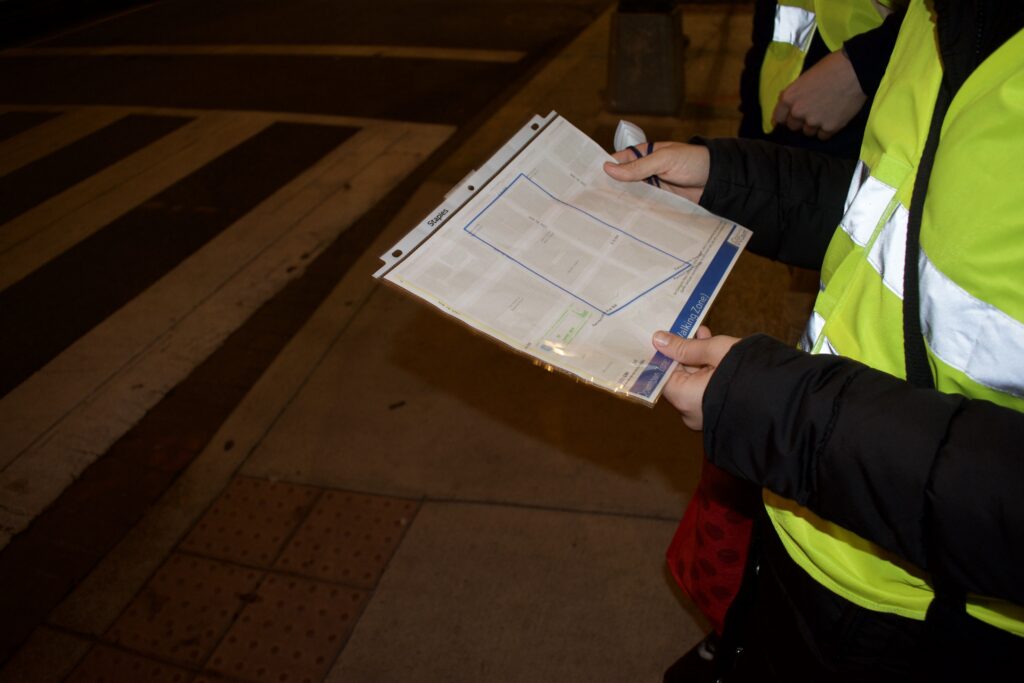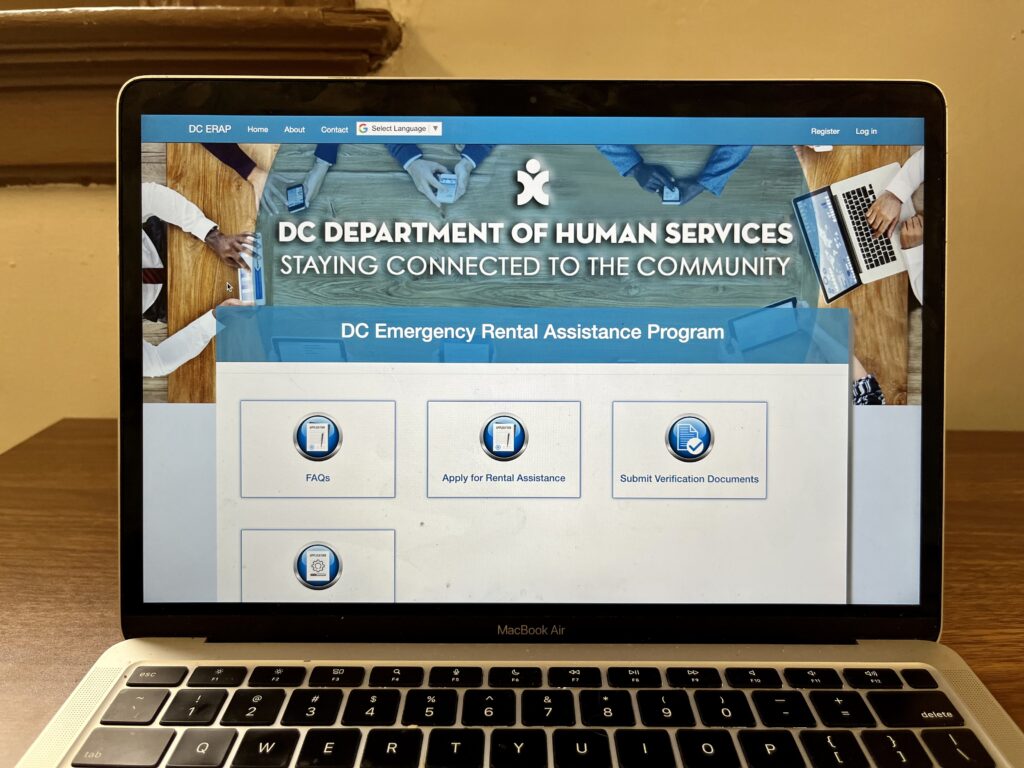The end of the 2010 tax season brings a big sigh of relief to those working for the D.C. Earned Income Tax Credit (D.C. EITC) Campaign, a coalition of Washington area non-profits dedicated to helping low-income individuals with tax preparation. The coalition’s work does not end on tax day; the Campaign strives to promote money-saving opportunities that will continue throughout the year.
“Now’s the opportunity to take another step,” said Adam Perry, program associate for Capital Area Asset Builders (CAAB). “You’ve filed your taxes, but maybe now you want to buy a bond or take a money management class.”
The coalition has the opportunity to tell its clients about other CAAB services, such as their “Money Management 101” series, which instructs on how to budget money, build credit and use bank accounts.
“Many people come to our sites year after year,” Perry said. “Our goal is to give people as many opportunities as possible. We are trying to reduce the barriers by giving people opportunities.”
CAAB joins forces annually with Community Tax Aid (CTA) to form the overall campaign. Although they have different roles in the campaign, the groups work together to provide tax services throughout the Washington metro area.
“CAAB is the managing partner and CTA is the tax-expert partner,” Perry said. In other words, CAAB does most of the fundraising, marketing and volunteer coordinating. CTA is left to provide all the training (including refresher classes and intermediate and advanced sessions), based on a volunteer’s past experience with the Campaign.
Aspects of the campaign, such as its goal, have evolved over the years. “The Campaign was first formed [in 1987] to advocate for a D.C. earned income credit,” said CTA’s Executive Director Teresa Hinze, via email. “After the credit was enacted, [the mission became] to conduct public education campaigns to make sure D.C. residents knew about the earned income credit and how to claim it.”
Perry echoed Hinze’s sentiments, noting that Washington had the highest fully-refundable earned income tax credit in the country, a huge success for the D.C. Fiscal Policy Institute.
“The original goal was to inform people about the D.C. EITC,” Perry said. “It then became more about getting people to actually file their taxes.” The key now is to gain people access to other financial opportunities.
The Campaign was originally housed at the D.C. Fiscal Policy Institute, but CAAB took over as coordinator during the 2005-2006 tax seasons.
“We kind of took on taxes as a side project and it’s grown into what it is today,” Perry said. “I’m happy with it, as it’s made sense for us.”
According to Hinze, D.C. EITC Campaign sites serve more than 6,000 filers each year, which constitutes more than 50 percent of the filers served by all volunteer programs in those service areas combined.
Miren Beitia works part-time at CTA and during the campaign she oversees the program as a site manager. With five Campaign locations in the District alone, CTA strives to provide services at as many places as possible.
“People know we’re here, crazily enough,” Beitia said. “We have a couple of sites in Southeast, we’re in Arlington on Tuesday nights, we’re in Alexandria on Wednesday nights; we’ve been in Hillcrest Heights in PG County. It’s sort of the traveling tax road show.”
Campaign organizers have learned from the program’s successes and failures over the years. Perry said in past years, after the tax season had ended, savings promoters worked with clients solely via email. However, CAAB came to realize that many of their clients did not have access to email, and those who did have access did not use it regularly. As a result, this year savings promoters became part of the tax process for the first time.
Promoters make up the smaller facet of the Campaign’s volunteer corps, as tax preparers are of prime importance. Although the two groups have separate functions at tax sites and their pre-volunteer training differs (preparers have to take an eight hour course on tax law, in addition to four hours on the campaign’s software), Perry stressed that both are essential to the Campaign’s success.
“Some people are scared by numbers and want to stay 100,000 million miles away from tax forms,” Perry said. “Others like to talk to people, so they’d rather be savings promoters.”
This year, the Campaign had roughly 500 volunteer tax preparers and 50 volunteer savings promoters. Although there were fewer sites than last year, they were open more often.
Where exactly does Perry recruit 500 plus volunteers from each year? “The go-to areas are nonprofits and community partners, law firms, law students, banks and financial institutions, and accounting firms,” he said. It helped that 43 percent of volunteers from last year returned for the 2010 tax season, proving that most of their success lies in the volunteers and staff members.
Perry doesn’t yet have the final figures for the amount of individuals that were helped this season though he expects big numbers. With only nine CAAB employees and two-and-a-half CTA employees, both organizations remain small in numbers but big in heart and dedication.
Hinze, for example, was hired by CTA in 2001 after first volunteering and then becoming a board member.
“I came on temporarily—I thought,” she said. “I really am dedicated to the work and happy to still be here.”








